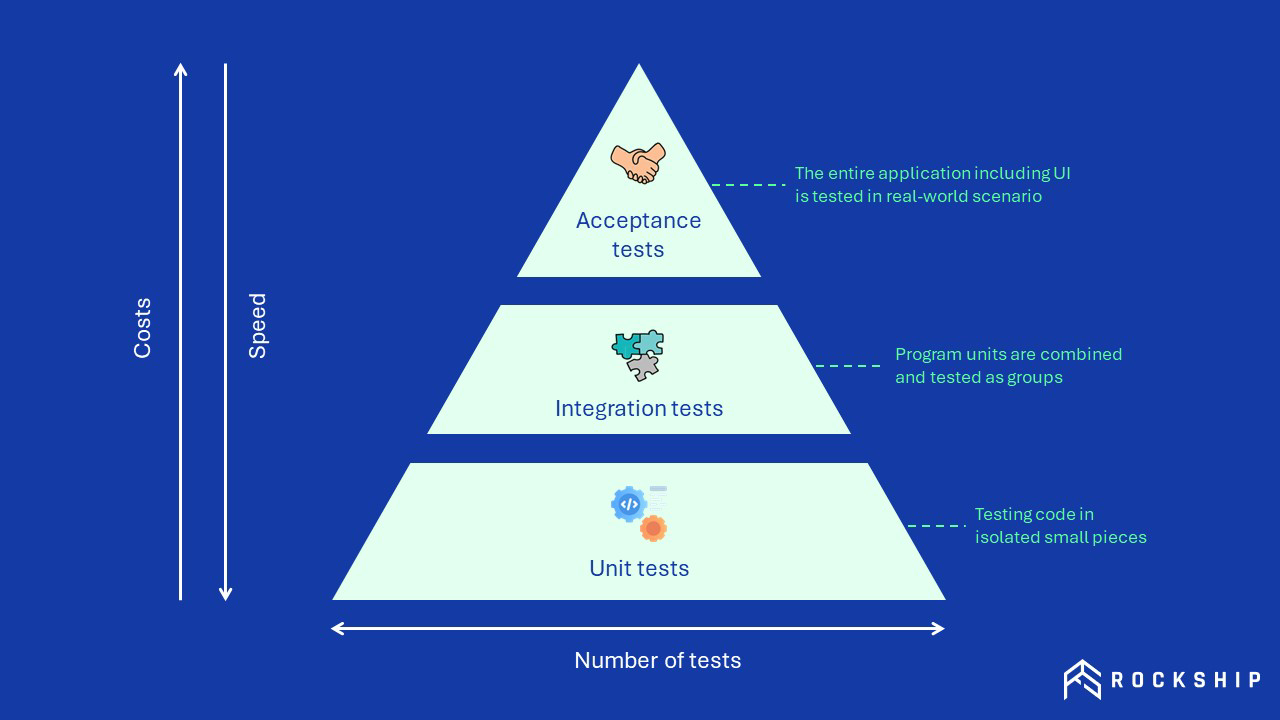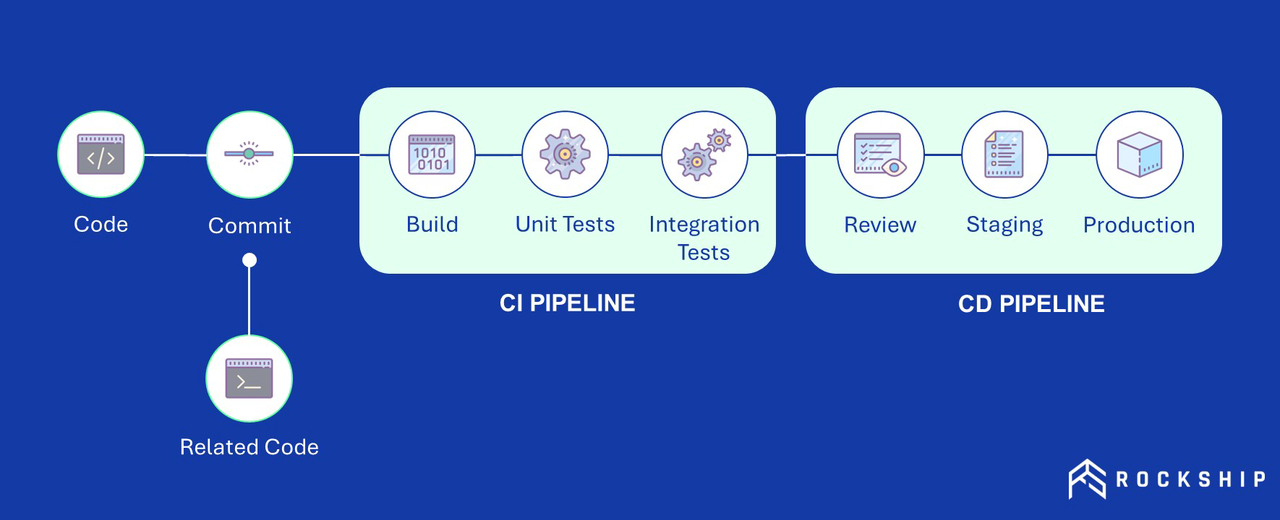If you have no idea what Unit Testing is, or curious about the previous 5 Unit Testing Best Practice, you can check out the first part of the article for
_**- What is Unit Testing is?
- Role of Unit Testing.
- Characteristics for writing a good unit test.
- The first 5 Unit Testing Best Practices.**_
Have a nice day on developing!
In this article, we will find out about 5 more best practices for producing effective unit tests, as well as why they can help you in the testing process. Hope this article can help you do well in developing your software product.
Outline of the blog
Unit Testing Best Practices (Part 2)
6. Refrain multiple asserts in a single unit test
For a unit test to be effective, keep one use case at a time, that is, to have only one assertion in the tests. If you’re wondering what would happen if you include multiple asserts in a single test, let’s take a simple example.
Sometimes more than 10 asserts are included in one set in order to cover more features. Such cases result in going through all assertions to check the root cause of the problem, even if a single failure has occurred. Plus, the rest of the assertions never get checked if one assertion is failed, resulting in an unclear vision of the test being failed.
Although it seems tedious to write separate test scripts for each assertion, overall it saves more time, effort and is more definitive in the long run. You can also use parameterized tests, as they enable you to run the same test multiple times with different values.
7. Keep your tests away from too much implementation details
Tests are difficult to maintain if they keep failing even for the slightest changes made to the implementation code. So the best bet is to keep implementation details at bay and save your time from rewriting the tests repeatedly. Thus, coupling tests with implementation details decrease the value of tests.
Unit tests are more resilient to change if they are not heavily paired with the production code’s internals. It also allows developers to refactor when required and provides valuable feedback with a safety net.
8. Write tests during development, not after it

Unit tests, being the foundation of the testing pyramid, are most effective when executed alongside development rather than afterward.
By establishing unit tests early in the development cycle, clean code can be fostered and bugs can be detected promptly. Delaying test writing until the end of development may result in code that is difficult to test. Conversely, writing tests in parallel with the production code enables simultaneous review of both test and production code, aiding developers in better understanding the codebase. This approach also facilitates scalability and sustainability in the unit testing process.
Some companies prefer adopting Test-driven development (TDD), wherein unit tests are written before the production code. This practice mentally prepares developers for the anticipated behavior of the code and prompts them to address potential questions and scenarios prior to writing the code itself. TDD reduces the time spent on rework and debugging, instantly indicating whether the last refactoring has broken previously functioning code. When combined with unit testing, TDD can swiftly identify errors and issues.
9. Automate tests using CI/CD tools

Automating the tests by including them in a CI/CD pipeline allows you to easily run tests multiple times in a day. It enables continuous testing and test execution on each code commit. Even if you forget to run a test, the CI (Continuous Integration) server won’t and will prevent passing on buggy code to the customers.
On the contrary, manual testing cannot run a sufficient number of tests rapidly, conveniently, and accurately enough. It becomes especially difficult with tight deadlines to roll out software.
Automated tests help in the early detection of bugs, give rapid feedback, and add an extra layer of safety. In addition, it provides insights on code coverage, modified code coverage, how many tests are running, performance, etc., which enables in-depth analysis and developers to work efficiently.
You can check out more tools about AI automation testing here .
10. Update the tests periodically
Unit tests are ideal for long-term projects since it helps new team members with detailed documentation by making the code and its behavior easier to understand. So, maintaining and updating the tests periodically makes them ideal test suites for creating helpful documentation. Unit tests lacking this quality are less useful since it eventually slows down the work progress.
Conclusion
The above-mentioned best practices aren’t the only ways to maximize your outcomes, but they’d surely ease your unit testing process, with automation being the key. Also, what’s the best way to do unit tester than using its frameworks available in various languages to simplify the process? Except for some advanced features that need to be hand-coded for complex requirements.
We hope these practices can help you in testing your software product. Stay tuned and follow Rockship Blog, Rockship Linkedin for more articles or try our AI Assistant Chatbot for quotation of your software project idea.



